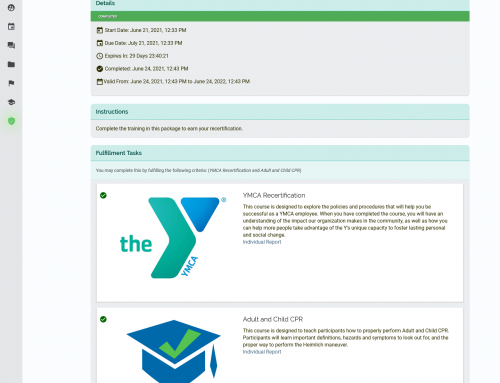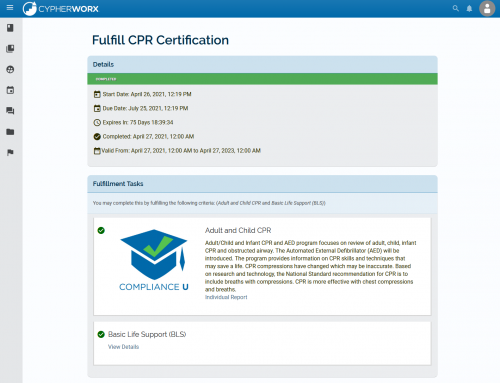A large quantity of digital ink has already been spilled, both academic and anecdotal, about the relative merits of e-Learning versus more traditional classroom instruction. A quick search on Google Scholar brings up countless articles examining this comparison, so it is not my intention here to add to the debate.
Rather, I want to examine an aspect of any training program—classroom, self-guided, online, on-the-job, whatever—that is vital for ensuring the success of the learning and subsequent performance of the learner: strong and measurable objectives.
It can sometimes be hard to ascertain how complex tasks with variation in real-world application can be properly taught in other contexts. The fact of the matter is that properly selecting objectives can ensure that learners have the skills and knowledge necessary to make the leap from learning to real-world performance.
Let’s examine this topic through the lens of an example; suppose you’re tasked with teaching someone how to make a sandwich. (It’s almost lunchtime, so forgive me.)
Before you begin, you want to make a list of objectives that, if accomplished, will indicate that your learner has indeed mastered the sandwich arts.
You begin compiling a list:
- Learner will understand how many pieces of bread will be needed.
- Learner will appreciate the ideal balance of meat and cheese to produce
- Learner will know how to spread mustard.
You’re well on your way, right?
Well, here at CypherWorx, we’d respectfully disagree. What you have is a good start, but these are not strong measurable objectives.
From an academic standpoint, an optimal objective should have four parts: audience, behavior, condition, and degree. In order to keep things simple, let’s focus on the part generally regarded as most important: is the behavior measurable?
Let’s look at the behaviors listed: understand, appreciate, and know. The easiest way to determine if an objective is measurable is to subject it to the Hey Dad! test, as described by Mager in his book Preparing Instructional Objectives.
If you said, “hey Dad, watch me appreciate the ideal balance of meat and cheese,” would your dad really be able to witness you appreciating?
No.
Since you can’t physically see someone knowing something or appreciating something, these objectives are not measureable.
So, here’s how we might begin to construct a list of improved sandwich objectives.
- When presented with a fill-in-the-blank question, the learner will correctly enter how many pieces of bread are needed for one sandwich (2).
- When presented with several numerical options, the learner will correctly identify how many slices of meat are needed for one sandwich (3).
- When presented with a fill-in-the-blank question, the learner will correctly write the proper amount of mustard used for a single sandwich (one teaspoon).
These are measureable. They are discreet and concrete. They describe actions that can be witnessed and verified; you can see someone filling in a blank question field with the correct answer far better than you can see them understanding something.
Once objectives are listed, we confer with our experts in the organizations that we work with to ensure that, yes, mastering those tasks would equip someone with the skills and knowledge to perform on the job.
Of course, our task is far from over at that point. We still must ensure that we select the right instructional methods to match our objectives and build motivational tools into our courses to make them engaging.
But optimizing our objectives is a first, vital step toward creating successful learning tools for our clients.






